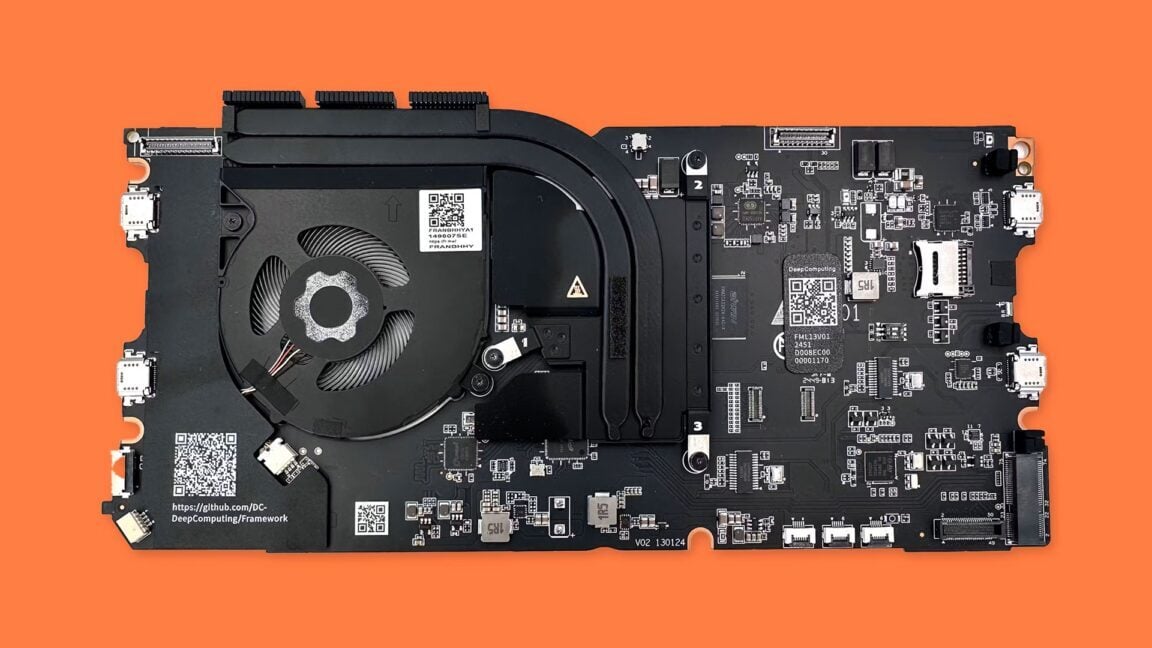Didn’t NT 3.x or 4.x run on a RISC CPU back in the day?
Alpha, yes, and modern Windows has been ported to ARM.
Nice to see! Baby steps and all that. Getting RISC-V to a consumer-level state is still a pretty gargantuan task that has a lot of catch-up to do, but it’s walking along its path steadily.
I would have rather seen an ARM Linux board for a more modest cost
A $200 board with soldered 8GB RAM and 64GB storage.
It is not marketed for consumers. It’s a development board, and the first one at that. Check the videos from the team, they are on YouTube.
Just like kde 4.0 and wayland were not marketed to consumers and yet consumers used them anyway and then decided latter releases marketed to consumers must also be bad.
“Early KDE 4”, but I’d add that the distros are also to blame for packaging it in the main repositories when it should have been stuck way out in some dev repos, out of sight of users. And of course, KDE 4 was actually quite good once it got the kinks worked out.
deleted by creator
That’s the future of RiscV. (The soldered down everything part)
How come?
Well, the RISC-V instruction set is open source, but that doesn’t imply a system architecture standard. So there’s not going to be one. The x86 PC became an industry standard basically by accident, an accident that is unlikely to happen again. Hell, even CP/M, the DOS before DOS had to come in different flavors for different manufacturers because the several manufacturers that supported it didn’t build compatible computers.
Microsoft has so much inertia on x86 that it’s probably not going anywhere, and RISC-V will become the new ARM, same cores slapped into whatever the hell the company wanted to build that day. With no standard platforms, there will be no modular accessories. What you’ll get are sealed shut devices with no user serviceability, the RAM and storage soldered to the board and the bootloader stored in on-chip ROM.
Milk-V Oasis Mini ITX board was going to have replaceable RAM, M.2 slot for SSD, and 4x SATA slots. The only reason it didn’t release was because of Sophgo sanctions (They make the SG2380 which was the Oasis was based on)
Sure, it’s technologically possible. Is there even an inkling of a plan to go from “dev kit” to “widely available consumer product?” Because basically the only “widely available consumer products” are locked down playpens like iPhones and such. Even a lot of x86 devices are going to the soldered everything approach.





